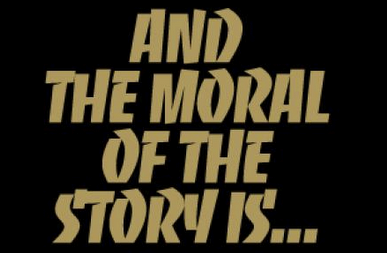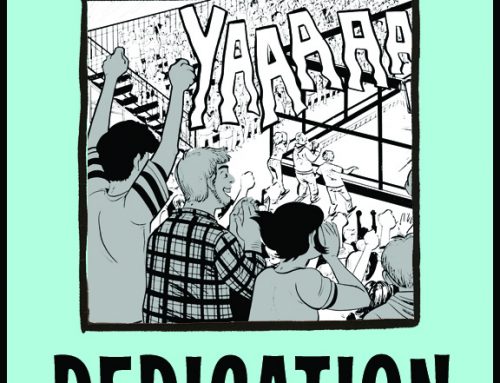test heading
Here at First Second, we believe that stories don’t always need morals or lessons.
Don’t get us wrong! Morals and lessons are great, and there are lots of absolutely fantastic books that teach you that genocide is bad, that sharing is kind, that everyone is good at heart, etc. in more and less minimalist iterations of the topics.
But for a book to be a good book, it doesn’t need a lesson. People don’t need to learn from their mistakes. They don’t need to end with a rousing chorus of, ‘now I know that was wrong and I’ll amend my future behavior.’
A good book just needs to touch peoples’ hearts, or to make them think, or help them learn something new, or change the way that they perceive the world, or . . . I can go on here. But in none of these cases does a moral need to be involved.
We occasionally get letters, usually from kids or teens, about how they read one of our books and couldn’t tell who was the hero or who was the villain. ‘Why didn’t the cool kids fight the popular kids in this book?’ say the kids, or ‘Which side of this war was the right side to be on?’
It’s always a fun story when you can wrap it up in ‘good versus evil’ or ‘right versus wrong.’ But as well as doing those kinds of books, we also like to publish the kinds of books that challenge people to think about what the right side of a conflict is — and even whether there are sides.
(And we like it when kids send us those letters, because it means that they’re thinking.)





